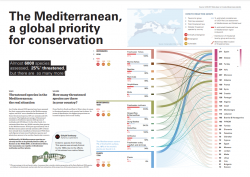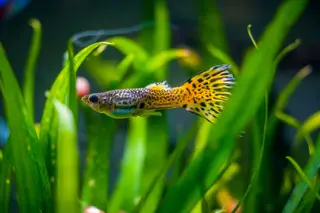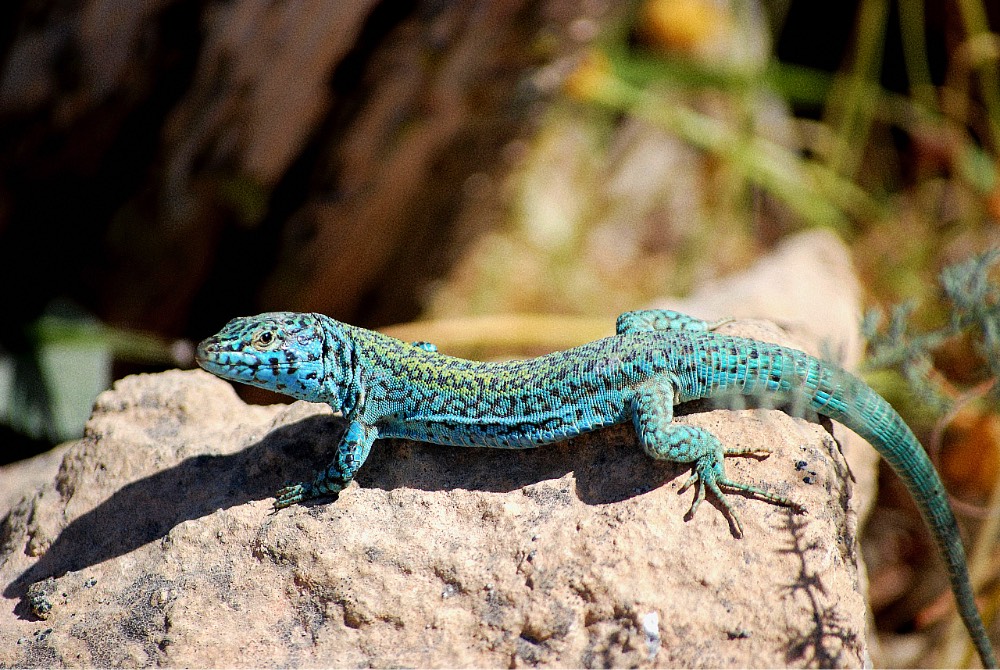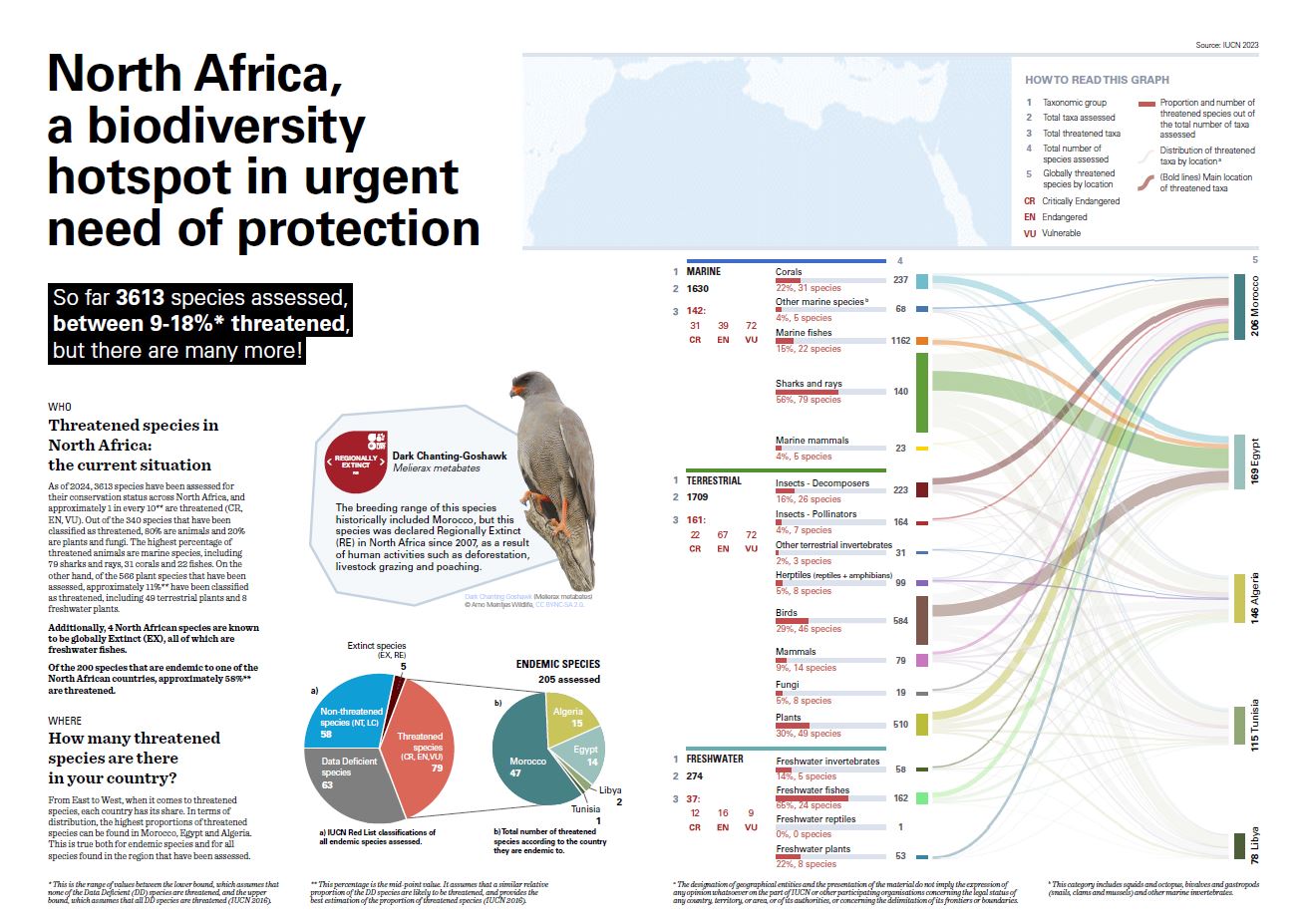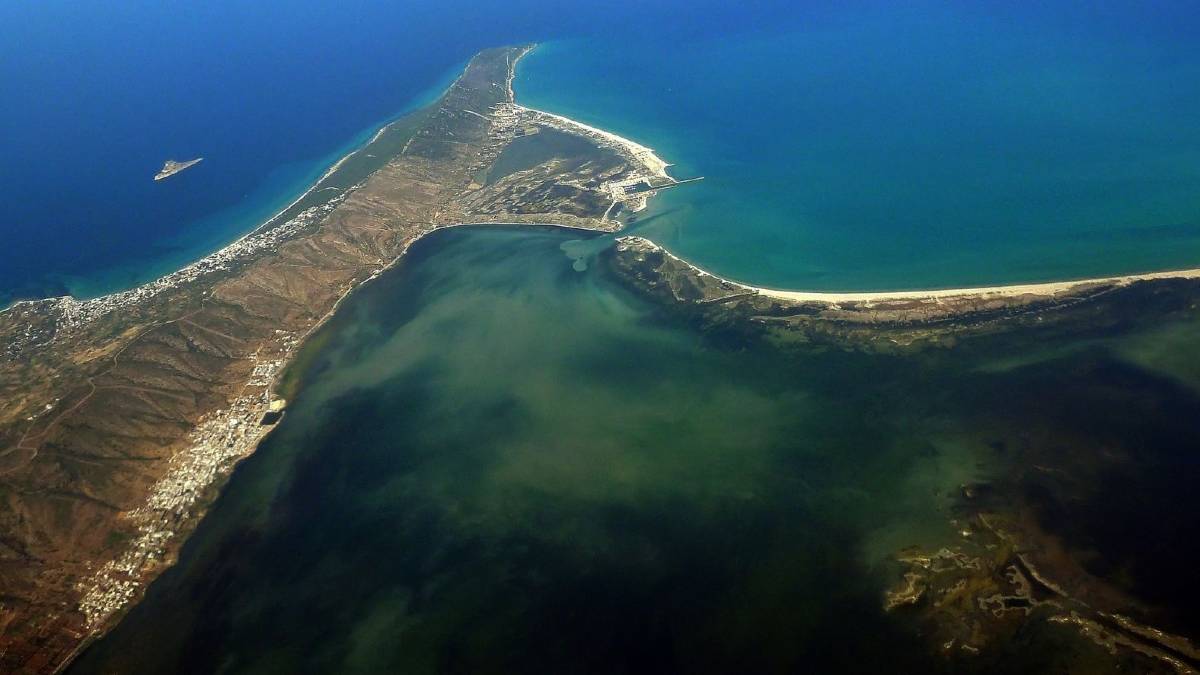The Mediterranean Basin: the Second-largest Global Biodiversity Hotspot
The region stretches across more than 30 states, including major terrestrial habitats such as forests, maquis, garrigue, pasture, wetlands, coastal areas and transitional areas to desert zones. The long history of human occupation in the region, with close interrelations between its flora, major landscapes and human activities have molded and changed the fauna and flora over several thousands of years. However, the hotspot is now subject to rapid anthropogenic change from a range of drivers, including population growth and economic development.


